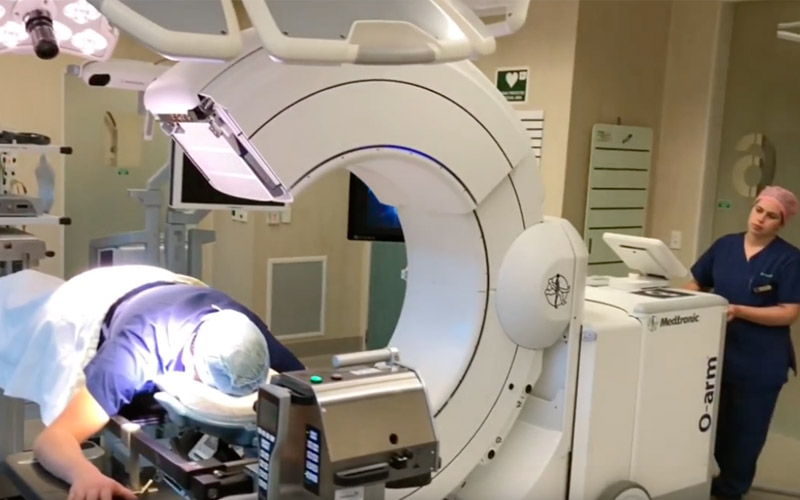Human spines are complex. No one appreciates that more than the specialists who bring their skills to bear on the complex mass of interwoven bones, nerves, muscles, tendons, and ligaments during a back operation.
That’s why specialists at Braemar Hospital use state-of-the art technology that will make their job safer, easier and provide greater surety for patients.
The O-Arm surgical imaging and guidance system takes pictures and provides an inside view of what’s happening with the spine before and during surgery. It is different from a traditional X-ray machine or CT scanner because it can provide “real-time” and high quality images in two or three dimensions and a detailed look at the anatomy during an operation.

